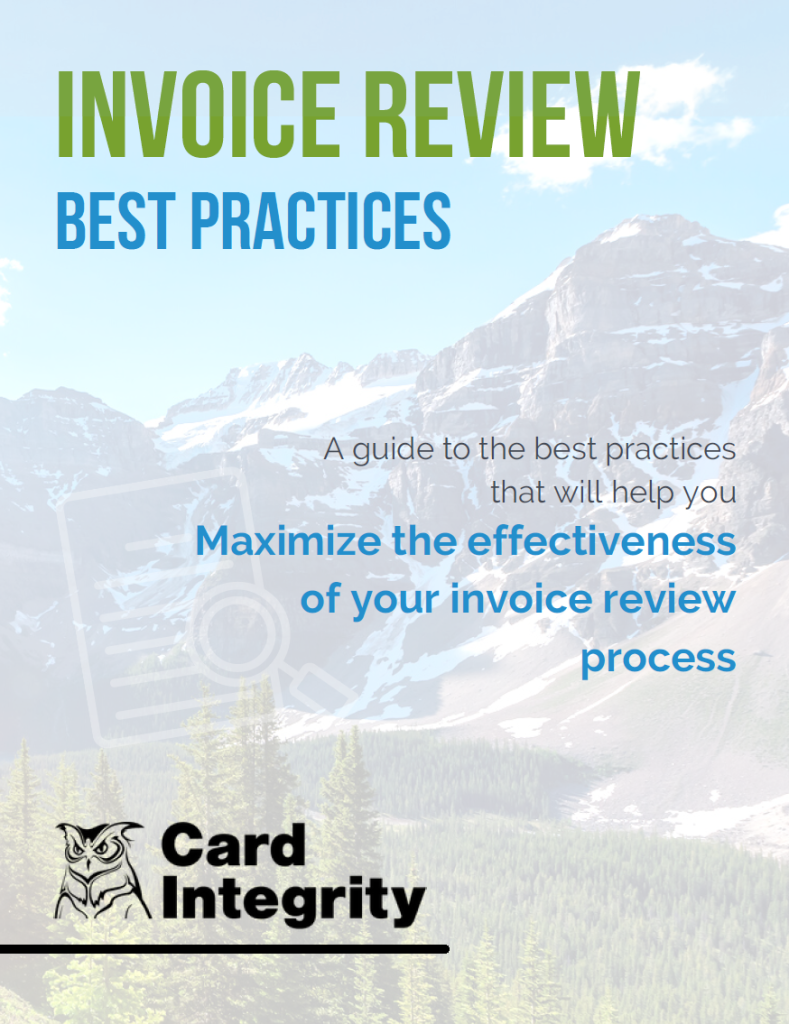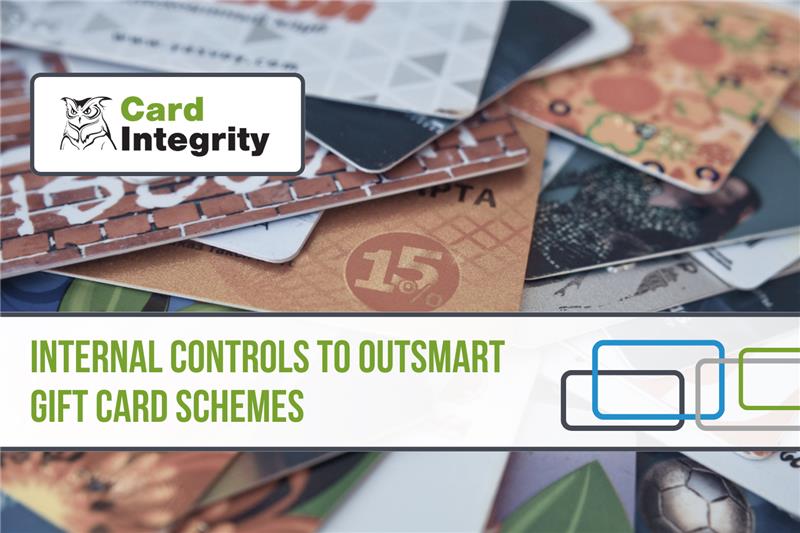“You have to spend money to make money”.
This oft-quoted (and somewhat cliché) idiom is an old business adage that basically says investment is necessary to generate more income. Good investments generate more income, that’s true. And that’s what the idiom generally refers to. But in some cases, this idiom is more literal than you may initially think. Once businesses get big enough, they can generate passive revenue by the simple action of spending money wisely.
Rebates
It’s easy to understand this concept by comparing it to personal finances. Many consumer credit cards offer incentives like “5% cash back” to qualified cardholders. Some cards offer “points” or “miles” for frequent travelers, which they can use to pay for airfare or accommodations. Company or organizational issued credit cards offer similar rebates for organizations. This goes for cards issued for the purpose of procurement (P-Cards, ProCards, purchasing cards), travel (travel cards, T&E cards), or both (OneCard, etc.) Depending on your organization’s travel and/or purchasing card policy, you may have guidelines and best practices in place to ensure that rebates are properly benchmarked and goals are hit to provide value back to the organization through the card program. Or, maybe your organization doesn’t have these in place.
You have to start somewhere after all – and you may be surprised at just how many substantially sized or public institutions do not have the necessary controls in place to ensure they are taking full advantage of rebates.
Duplicate payments
Another way that organizations can save money is through tighter internal controls. According to the American Productivity and Quality Center, duplicate payments make up an average of 1.5% of an organization’s annual spend. This isn’t money lost because of risk, or any external factor. This is money wasted for no reason. It is quite difficult to excuse, especially whenever duplicate payments are well-understood. They happen because of poor communication and a lack of visibility within an organization.
Now, let’s discuss rebates and duplicates in more detail and discuss how they can represent cost-savings for your organization.
Benchmarking rebates and moving spend to card
If your company is offered rebates through its card issuer, doesn’t it make sense to benchmark them? Are there payment methods which your organization is using that could be consolidated to card in order to make more spend qualifiable for rebate?
Card Integrity helps organizations by benchmarking their rebate spend to ensure that they are on track to hit the goals necessary to qualify. Additionally, we help organizations move spend that is better suited to card transactions onto cards so that some of the money spent can be recuperated through rebate.
We find that out-of-pocket expenses (for example, an employee uses their personal credit card and submits a receipt to be reimbursed later) and invoice transactions are the best target areas to focus on when considering how to bring sourceable, auditable spend onto cards, and maximize rebate. We published a thorough discussion on these methods which you can read below, but to summarize:
- Out-of-pocket expenses are susceptible to error and fraud.
- Invoices are expensive to process. Processing many small-dollar invoices is not efficient and leads to wasteful spending.
Check out the article below for a detailed discussion.
Fighting poor visibility, double dipping, and duplicate payments
In addition to moving small-dollar transactions to card, the other main way to combat wasteful spending on invoices is to remove duplicate transactions. These, as mentioned before, are caused by a lack of visibility. We have discussed duplicate payments in depth in previous articles, but to summarize:
- Organizations often pay the same vendor twice because they don’t communicate with each other about what is being paid, and they can’t see what transactions the other has paid.
- Duplicate payments can also happen due to employee fraud. A common example is “double-dipping“, when an employee intentionally submits their out-of-pocket expenses in such a way that they are reimbursed more than once.
Check out the article below for a detailed discussion about duplicate payments.
Learn More About Invoice Review
Card Integrity can help you get your expenses on track to generate additional revenue and cut out wasteful spending. We mentioned that many organizations don’t have the proper practices in place to benchmark their rebates, reallocate their spend, and identify their duplicates. We have over 17 years of experience providing the services necessary to help clients get their card programs on track… and set up for success.
Check out our free eGuide about our Invoice Review service below to see how we can identify duplicates across AP/invoice transactions and card transactions, as well as to understand a general overview of the service. If you’re interesting in learning more about our rebate reports and P2P optimization reports to achieve better rebate dollars and optimize your invoice process, contact us today.




